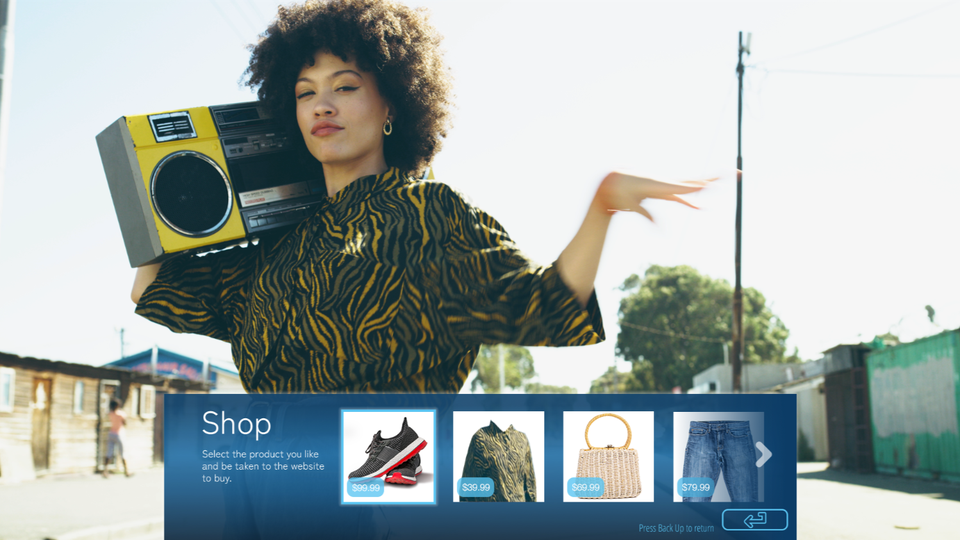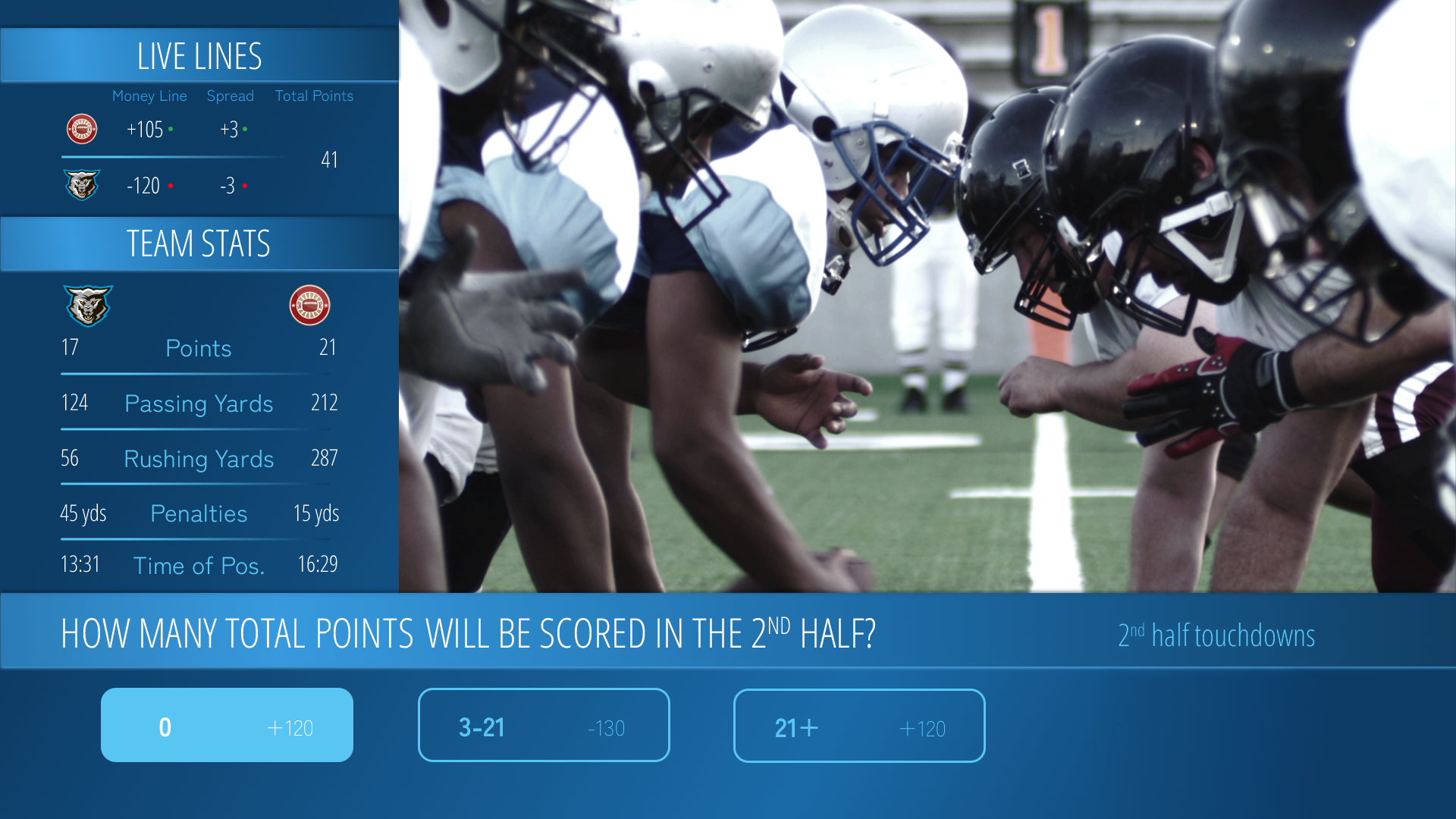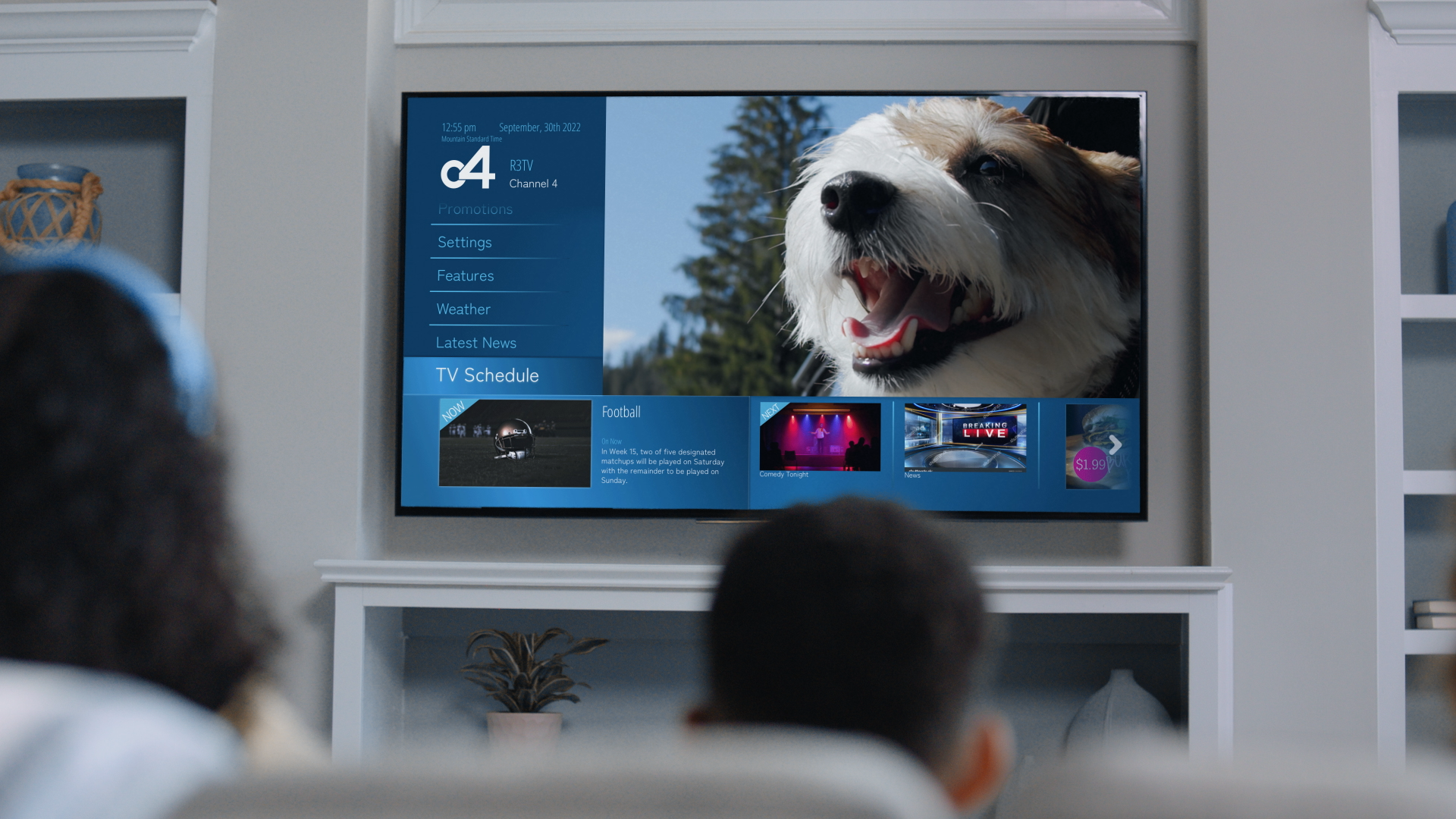Content
NextGen TV the future of broadcasting, says expert
Digital Signage Today sat down for a chat with Anne Schelle, managing director of Pearl TV, a collaborative organization formed between local stations and major broadcasting companies to design and implement the future state of television in America. In part one of our interview, we discuss an overview of the platform.

September 27, 2022 by Daniel Brown — Editor, Networld Media Group
 |
Anne Schelle is managing director at Pearl TV. |
This is part one of a two-part series.
As reported by Digital Signage Today, NextGen TV has been expanding in the U.S., most recently with a launch in Louisville, Kentucky. NextGen TV, also known as ASC 3.0, is widely viewed as the biggest development in broadcast television since the current standards were first laid down in the 1980s, with major implications for consumers, advertisers and media companies across categories like sports, entertainment and more.
Digital Signage Today talked by Zoom with Anne Schelle, managing director of Pearl TV, a collaborative organization formed by the major broadcasting companies to design and implement the future state of television in America. Schelle walked us through NextGen TV, provided an overview of where the new technology stands and gave us a glimpse of the future of television. In part one of our interview, we discuss an overview of the platform.
"Our existing over-the-air television platform, which was ideated in the early 80s, but implemented in the early 90s," Schelle said. "It took us from analog to digital, but it didn't anticipate IP [Internet Protocol] and the rise of IP. And so as broadcasters, we recognized the need to be able to have a platform… that would keep pace with the internet and would enable many of the things that you can do in a digital environment in an over-the-air-environment. And that's what we did."
Schelle explained that the new standard does not disrupt current broadcasts on the old system; customers are still getting their regular content via OTA service and cable. NextGen TV simply adds a layer with a large range of features on top of what is already being broadcast. The upgrade consists largely of a software update to existing OTA transmission systems, which makes it much more feasible to implement rapidly. Industry leaders see NextGen TV as the clear future of TV, with customers and manufacturers already preparing for the shift.
"It will take a while, so we're building out markets," Schelle said. The Louisville launch is one of 60 markets currently offering NextGen TV, reaching about 55% of U.S. households. Schelle expects NextGen TV to be available to 75% of American households sometime in 2023.
"We did a tremendous amount of consumer research, and that research led us to come out with a set of features for consumers that [are] sort of what I call 'beginning features,'" Schelle said. "When we talk about 'upgradeability,' that means that we can continue to improve the service, not unlike an application you have on your cell phone… It continues to get better as you use it and we launch more content or more programming."
One of the landmark features of the technology is its ability to transmit high definition and ultra-HD content. "We can go up to 4K starting at 1080P which is better than exists today in HD, so it automatically has a better day-one," Schelle added.
Another noteworthy out-of-the-box feature is the audio quality. "It has the Dolby audio system which allows for consistent loudness," Schelle explained. "You don't experience the loud noise anomalies between different channels set at different volume rates, you know, commercials [that are] way too loud, that kind of thing."
Schelle explained that NextGen TV offers a special audio enhancement that sports aficionados and live event viewers will appreciate: "Dialog enhancement, which is the ability to hear the dialogue over the background noise. It's interesting to learn that sports enthusiasts, mostly Millennials, keep closed captioning on because they can't hear the sports announcer over the roar of the crowd… If content is produced in immersive audio, it brings a theater-like quality to the sound, so the television literally bounces the sound off the room. You don't need all those speakers that you had back in the day. It really gives you an immersed experience in sound… When we tested that with consumers, they felt it in the room."
 |
NextGen TV allows live sports content to be interactive. |
The core element that sets NextGen apart from the older OTA technology, and the feature that helps to future-proof it, is its use of Internet Protocol, which also fuels the interactive nature of the tech. "Because it's IP it's basically bits over the air," Schelle said. "It's no different than what we offer on digital today. We can offer interactive, so it enables the services to be Internet-interactive, even in a live linear environment. So we can overlay, you know, sports stats or all kinds of information, additional news, additional content.
Schelle also discussed the interactive nature of NextGen TV, which is especially apparent in local content. "We're local news providers, and we're partnered with the networks, so for sporting events or live events, live news, it's a great way to bring more information to consumers in a way that they're used to or getting more used to, especially millennials and Gen Z's on leaning forward," she said.
 |
A live news item with an interactive poll overlay. Provided by Pearl TV. |
Even though the technology already offers so many new features, Schelle says that this is only the beginning, and that more content and features will naturally evolve as content producers, consumers, advertisers and technologists continue to experiment with and develop the potential of the technology. And, Schelle added, high spectrum efficiency means broadcasters can add 300% to 500% more channels to the menu, along with the capacity to provide vivid colors via HDR. Broadcasters are exploring alternative ways to reach viewers, such as broadcasting directly to cars, a feature which brings to mind the growing popularity of autonomous vehicles and taxis.
Still, the best way to receive the signals is currently an HD antenna, which Schelle said you can currently find at Walmart for about $10, meaning that consumers won't have to invest in expensive equipment to take advantage of the new technology. Major manufacturers are paying attention to the trends.
"We've been working with key manufacturers to make sure that there are TVs that are being sold. Hisense, Sony, Samsung and LG have all included technology in about 120 models across those companies. If you buy a Sony set, they definitely have NextGen because they don't sell a Sony set without NextGen, they have leaned way in, which is great," Schelle added.
Far from being a short-lived fad, Schelle sees NextGen TV as the future of broadcasting. "This is the fastest-growing TV technology right now. It's growing faster than 4K did, as a feature it's growing faster than DVDs, faster than 3D, which didn't really get out there, much faster than a lot of technologies," She said. "We anticipate that in three years, it [will be] really hard not to buy a NextGen TV because it will become commonplace in televisions."
 |
NextGen TV is here to say, according to Schelle. Provided by Pearl TV. |
About Daniel Brown
Daniel Brown is the editor of Digital Signage Today, a contributing editor for Automation & Self-Service, and an accomplished writer and multimedia content producer with extensive experience covering technology and business. His work has appeared in a range of business and technology publications, including interviews with eminent business leaders, inventors and technologists. He has written extensively on AI and the integration of technology and business strategy with empathy and the human touch. Brown is the author of two novels and a podcaster. His previous experience includes IT work at an Ivy League research institution, education and business consulting, and retail sales and management.


